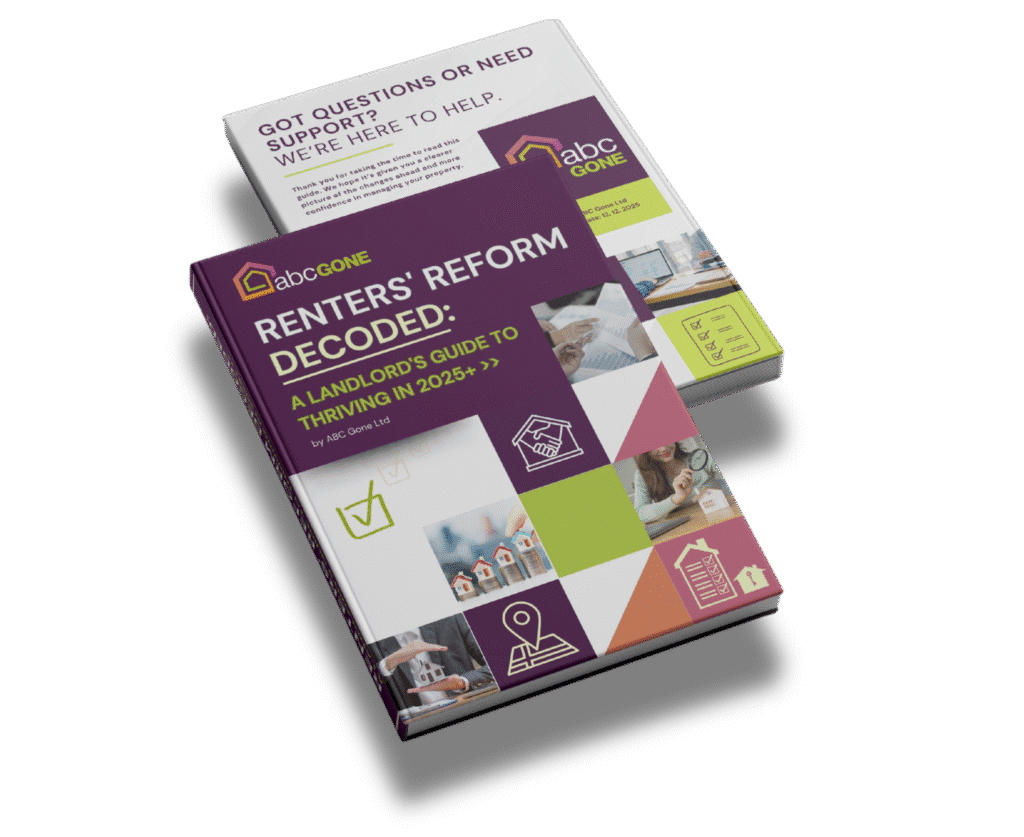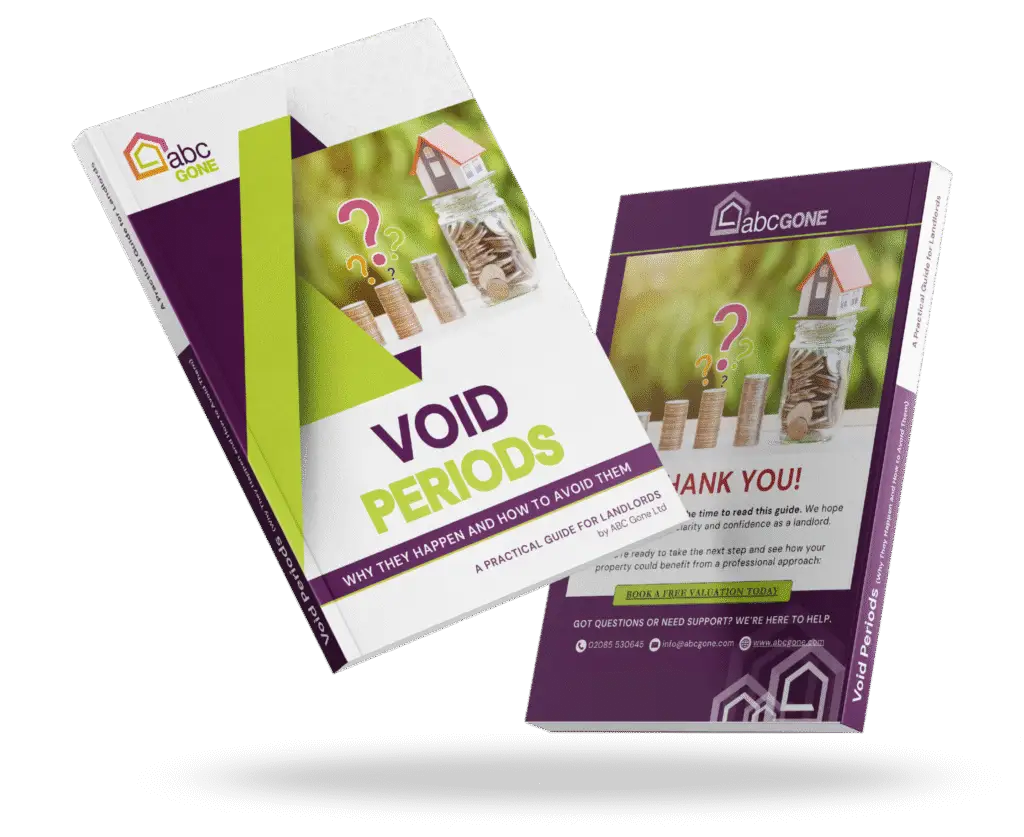
If you’re an east London landlord with property in Romford, Dagenham, Ilford, Hornchurch or Grays, one of your first duties is making sure your tenants receive a copy of the government’s how to rent guide. Supplying the how to rent guide is an obligation for landlords. If you don’t provide one, you may find it difficult to evict a tenant it you need to.
Plus, the guide could also be beneficial to you as a landlord. It is full of information about tenants’ legal obligations – all useful to helping make sure they act responsibly and look after the home well. As legislation changes rapidly, anything that can help tenants stay on the right side of the law has to be helpful to you too.
What is the how to rent guide?
How to Rent: The checklist for renting in England is the government’s official guide for people renting a home under an assured shorthand tenancy. It explains everything tenants should know about the process, from finding a property to giving in their notice.
There is detailed information about tenancy agreements and inventories as well as the expectations on a tenant such as paying the rent on time, looking after the home, testing smoke alarms and getting to grips with how appliances work.
It also sets out exactly what the landlord should supply to tenants when they move in, including the home’s energy performance certificate, details of the deposit protection scheme that is being used and gas safety information. The most recent copy of the how to rent guide was published in July 2021 and you can find it on the gov.uk website.
When should I serve the how to rent guide?
You must give your tenant a copy of the how to rent guide at the start of their tenancy. Make sure you issue the latest version as housing legislation changes frequently. You do not need to give your tenant the new version every time there is an update – unless there is a new tenancy.
Do I need to provide my tenant with a new how to rent guide if the fixed term ends and rolls into a periodic tenancy?
You should give your tenant a copy of the how to rent guide if the tenancy rolls over into a periodic tenancy, after the fixed term period ends. This is because the periodic tenancy is considered a new tenancy. But you only need to do this, if a revised version of the guide has been issued by the government.
What are the benefits of the how to rent guide for tenants?
If you’re renting to students, young people or anyone unfamiliar with being a tenant in England, the how to rent guide gives them all the information they need to rent property, in a clear format. This includes:
- Information about their responsibilities, such as paying rent on time and looking after the property.
- Making sure they understand your role – how you can help with repairs and maintenance, for example.
- Making sure they know what happens at the end of the tenancy so the termination of the tenancy can go smoothly.
How does the how to rent guide help landlords?
The how to rent guide helps landlords understand the legal responsibilities that come with the role, including as legislation changes. It means your tenants are well informed about their legal responsibilities too – helpful in reducing queries and making sure they stick to the rules.

What is the impact of the how to rent guide on Section 21?
Currently, you can ask your tenant to leave the property without giving a reason as long as they have a periodic tenancy or the fixed term of their tenancy has ended. This is called servicing a Section 21 Notice – sometimes also called a no-fault eviction. One of the conditions of a Section 21 Notice is that the landlord supplied the tenant with a copy of the how to rent guide at the start of the tenancy. Read more about Section 21 agreements on the gov.uk website.
A note about Section 21
You should be aware that the government has pledged to change the law around no-fault evictions as part of its Renters Rights Bill. The bill is still to go before parliament, so check the gov.uk website for the latest information on ending a tenancy.
Can I email a copy of the how to rent guide to my tenant?
Yes, you can download a PDF version of the how to rent guide and send it to your tenant by email. It is also worth sending them the online link to the guide so they can find it easily – in case of updates. If your tenant asks you for a hard copy of the guide, you’ll need to print one from the gov.uk website. However you issue the guide, get written proof that the tenant has received it, either as a confirmation email or by creating a simple form that you ask them to sign on receipt of the hard copy.
What happens if I don’t issue the how to rent guide?
While Section 21 evictions are still possible, they are the easiest way to get a tenant to vacate your property. Issuing your tenant with a copy of the how to rent guide means that, while still lawful, Section 21 evictions are an option for you.
If you are a new landlord – and are confused about your legal responsibilities, contact us today. We can help you figure out everything you need to know.





